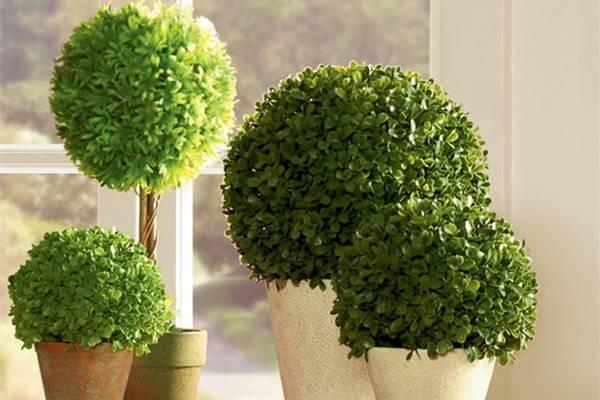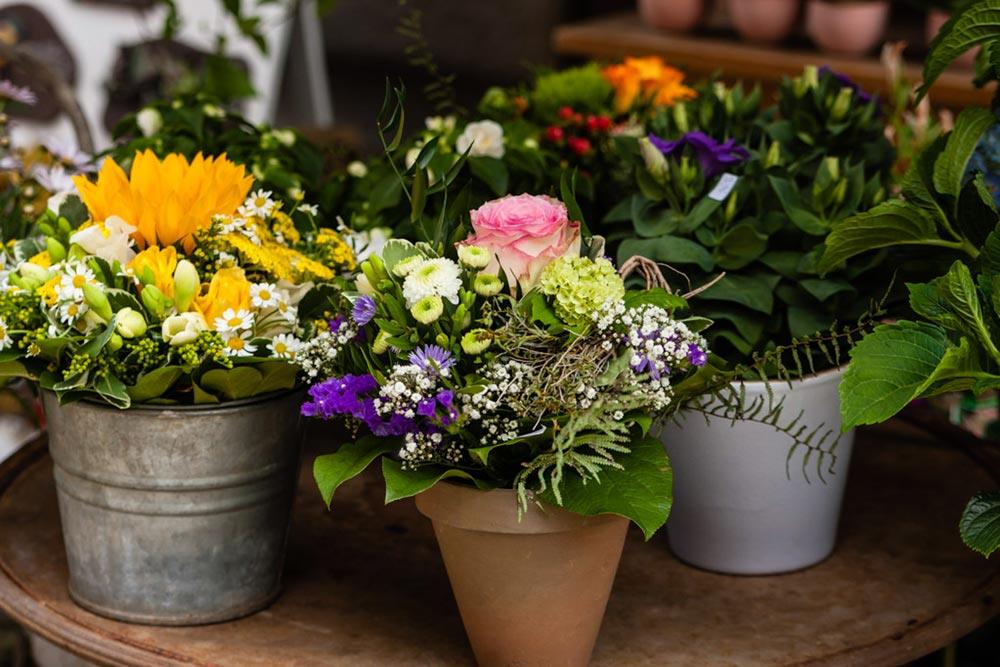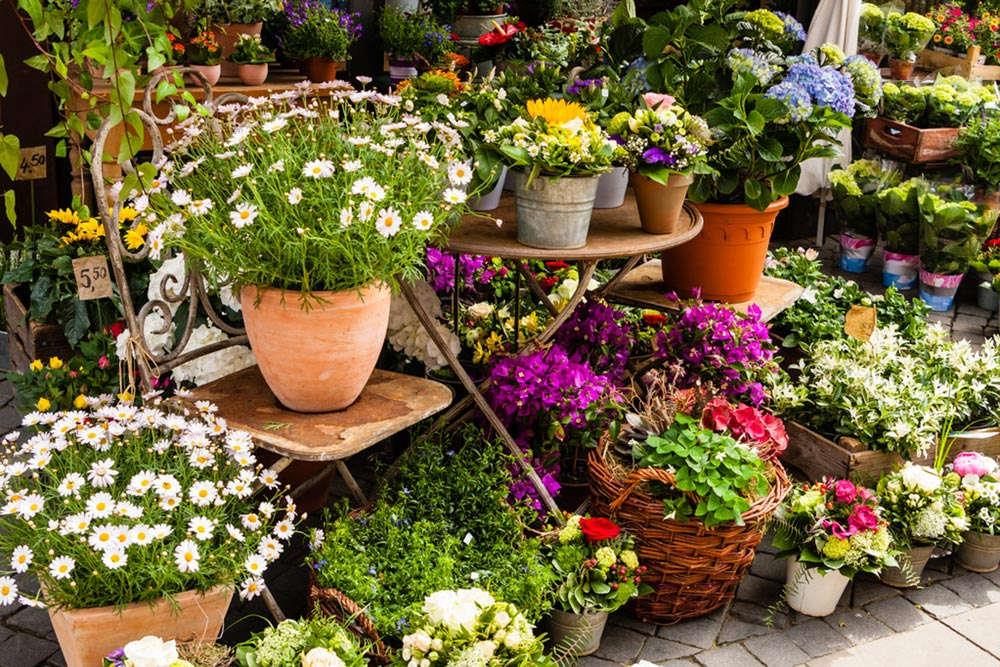Daily management of dormant flowers in winter
Last Update :2024.11.08
Article Catalog
Pay attention to room temperature
In winter, some flowers tend to have a dormant or semi-dormant process. At this time, the water content of the plant body decreases, the stored substances increase, the metabolism weakens, and the exchange with external substances is slow. In view of these characteristics, the daily management of dormant flowers in winter is somewhat different from that in the growing period. The following points should be done:

Pay attention to room temperature
Pay attention to room temperature
During the dormant period of flowers, the room temperature should be avoided to be too high, otherwise it will affect the normal dormancy of the plants, lead to excessive nutrient consumption, and affect the growth and flowering of the next year. Seriously will result in death. Generally, common flowers such as white orchids, rhododendrons, osmanthus, oranges, etc. can survive the winter if the room temperature is kept above 5°C, and 8-12°C is the best; for smiles, Milan, Riley, hibiscus, etc., the best room temperature is 10-15°C; Winter jasmine, oleander, rose, fig, pomegranate, conifer, etc. are not suitable for high temperatures. If the room temperature is not lower than 0℃, they can survive the winter safely.

Control water and fertilizer
Enter dormant period For flowers, the supply of water and fertilizer must be strictly controlled. Excessive watering can easily cause root rot and leaves to turn yellow and fall off. Therefore, except for varieties that grow and bloom in winter and spring, such as cineraria, cyclamen, calla lily, fuchsia, arrow lotus, etc., watering can be continued as needed. All flowers that enter dormancy should be watered under controlled conditions, such as smiling flowers. , Riley, etc., especially varieties with shade tolerance or fleshy roots, such as dieffenbachia, monstera, iron tree, orchids, etc. The potting soil should be slightly drier than in summer and autumn. Some other flowers such as cacti should be watered more sparingly, as long as As long as the soil doesn't dry out. In addition, during the dormant period, flowers should be fertilized with little or no fertilizer, so as not to promote new shoots in advance, affect flowering next year, or suffer frost damage.

Pruning
Winter dormant When certain flowers are about to sprout in early spring, they can be combined with shaping to prune off leggy branches, thin branches, diseased and insect-infested branches, and overly dense branches to facilitate ventilation and light transmission, concentrate nutrients, and breed more plump flower buds. For some varieties, such as Riley, you can leave 20 to 25 centimeters of branches and cut off the rest; branches that are too old can be cut off from the base to stimulate them to grow strong new branches. Rhododendrons and camellias generally do not require major pruning, and only a portion of the branches that are too dense or too long can be appropriately pruned. 4. Prevent pollution: If potted flowers are placed indoors for too long, a lot of smoke and dust often accumulate on the leaves, which can easily cause the leaves to be contaminated. In the early stages, dark brown mold spots will appear on the surfaces of the flowers and leaves. Over time, black soot will form. The fog-like layer affects the photosynthesis of plants, slows the growth of flowers, and causes diseases. Therefore, when growing flowers indoors, especially in rooms heated by coal fires, care should be taken to prevent smoke and dust pollution, and floating dust on the leaves should be washed away with water close to room temperature.

Control water and fertilizer
Plastic trimming
- END -
What are the fruits in Taiwan?

There are actually many kinds of fruits in Taiwan, among which common ones include...
Flowering period of sorbifolia

The normal flowering period of A. elegans is from April to May in spring. The flow...